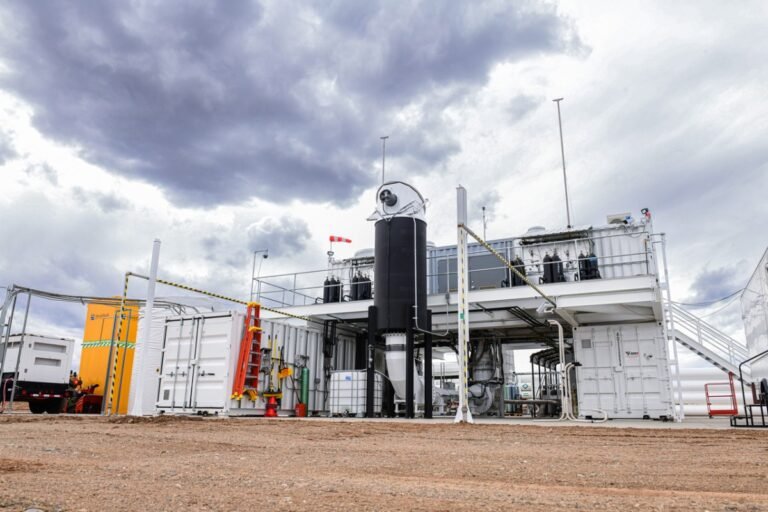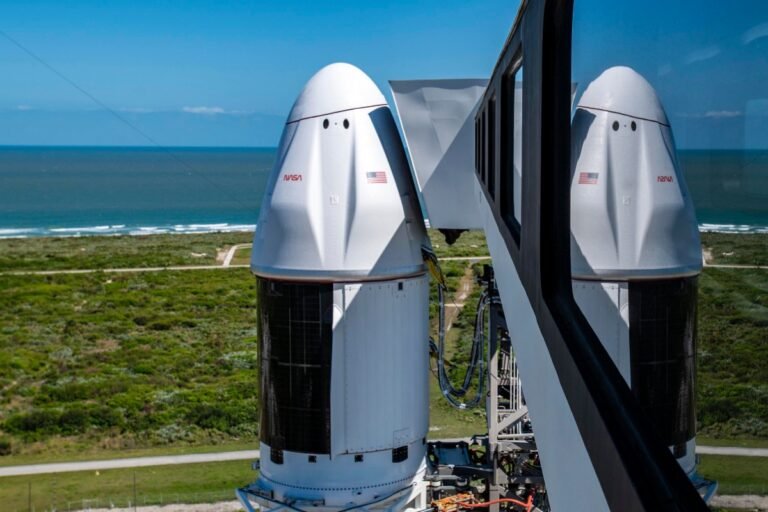
Founder Daudi Barnes started the company in 2019 to augment the work of his previous company, Advanced Mobile Propulsion Test.
The Colorado-based startup already operates one test stand, called Sunshine, which AMPT stood up in 2010.
“The market is just really, really expanding really fast right now,” Animas project manager Graham Dudley explained.
So they’ve had four plus years of design and development that they have to reboot on, and that’s really, really expensive and hard for your schedule prediction.
Its a competitive edge in the space propulsion market, which has become increasingly crowded as the cost to launch spacecraft to orbit has dropped.

SpaceX has performed 13 crewed missions, and all of them launched from Launch Complex 39A at NASA’s Kennedy Space Center.
But the company has long intended to upgrade a second pad — SLC-40 at the neighboring Cape Canaveral Space Force Station — to expand its crew launch capacity.
Teams test the new emergency chutes from the pad 40 crew tower in Florida pic.twitter.com/rWVj7zaHp0 — SpaceX (@SpaceX) March 19, 2024As a next step, SpaceX is going to launch the CRS-30 cargo resupply mission.
In a media teleconference in February, SpaceX’s VP of build and flight reliability, Bill Gerstenmaier, said the cargo flight is an incremental step to astronaut launches.
“We would like to do a cargo flight first if we can.

NASA is pushing back the next two Artemis missions to the moon — including the first crewed lunar mission in over fifty years — by around twelve months in order to give commercial partners more time to develop their technology.
The date of the fourth Artemis mission remains unchanged on September 2028.
That’s because SpaceX must also develop in-orbit refueling capabilities, as the architecture involves Starship refueling in space before picking up the astronauts.
After delivering astronauts to the moon, the Starship HLS must then launch from the surface before docking with Orion.
NASA officials also outlined a handful of issues they discovered after the demonstration launch of SLS in late 2022.






